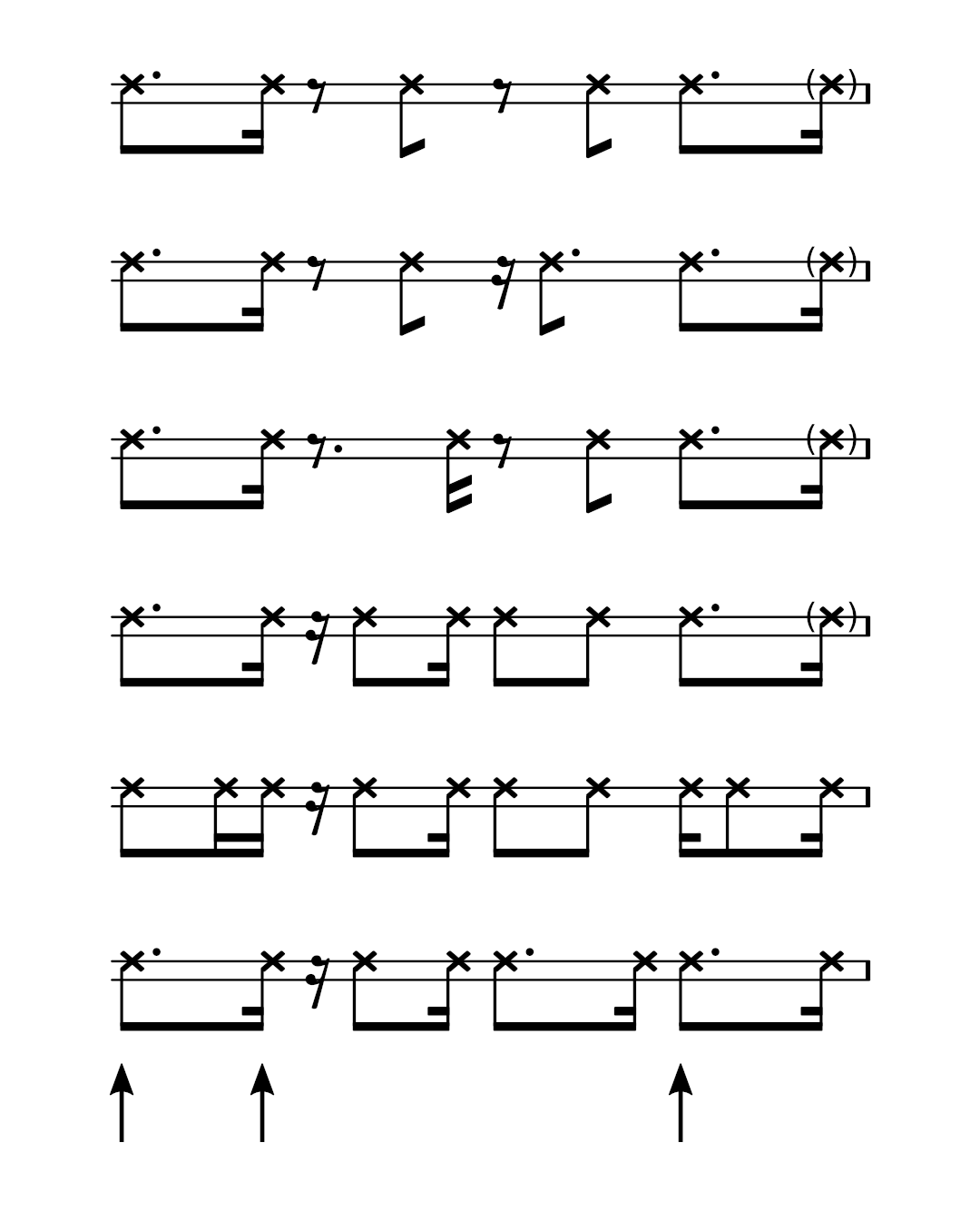Timeline Patterns in Uruguayan Candombe drumming
Analysis of the characteristics of the Candombe timeline patterns, highlighting the elements in common with other timeline or clave patterns in the Afro-Atlantic music, and also disclosing some important differentiating traits.
Luis Jure
July 2, 2017
Limerick, Ireland
44 th ICTM World Conference

Abstract
The term “timeline” was first introduced by Kwabena Nketia to refer to a short rhythmic pattern repeated cyclically in sub-Saharan music, serving as a reference for temporal organization and also as an identifier for each rhythm or “song”. In the last decades, terms like timeline, guideline (or guide pattern), bell pattern or “clave” have been extensively used by many researchers analysing and/or comparing the morphology and the use of these patterns in the music of Africa and the diaspora. Uruguayan Candombe drumming is deeply rooted in the Afro-Atlantic culture, and has many characteristics in common with other musics belonging to this tradition, among them, the structural importance of the timeline patterns in the rhythm. The way these patterns are integrated into the Candombe rhythm presents, however, some distinguishing features that set it apart from other rhythms of the same tradition. Not very well-known abroad, the Candombe tradition has a long and rich history; in 2009 it was inscribed on the Representative List of the Intangible Cultural Heritage of Humanity by UNESCO, being considered a symbol of the identity of communities of African descent in Montevideo. The purpose of this paper is to analyse the characteristics of the Candombe timeline patterns, highlighting the elements in common with other timeline or clave patterns in the Afro-Atlantic music, and also disclosing some important differentiating traits.